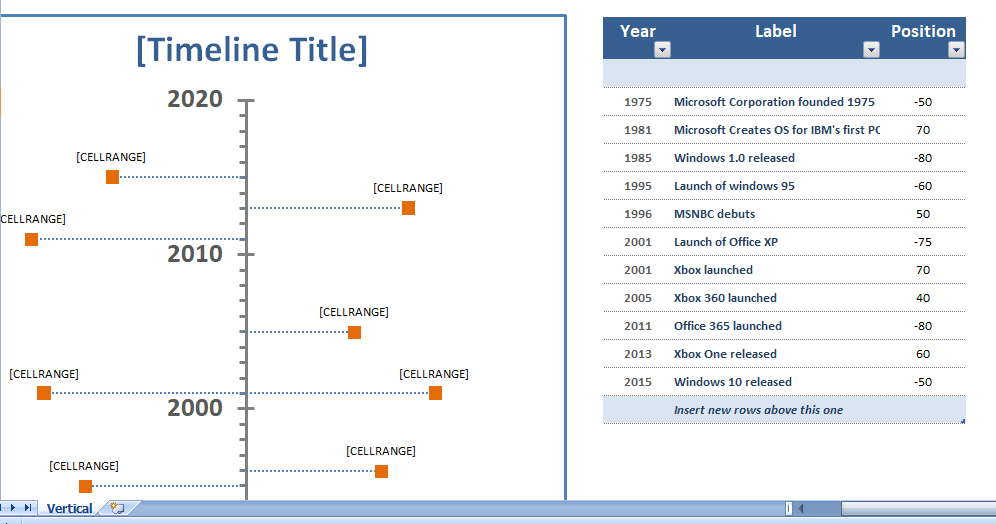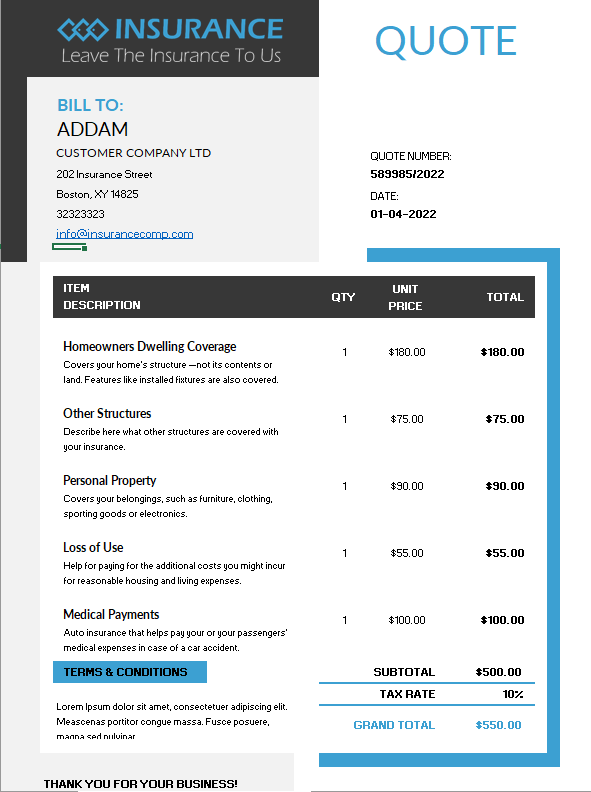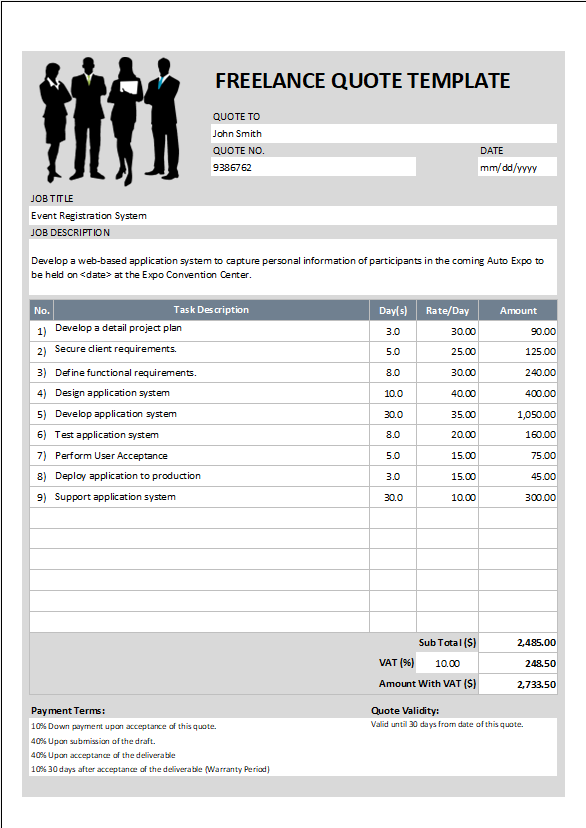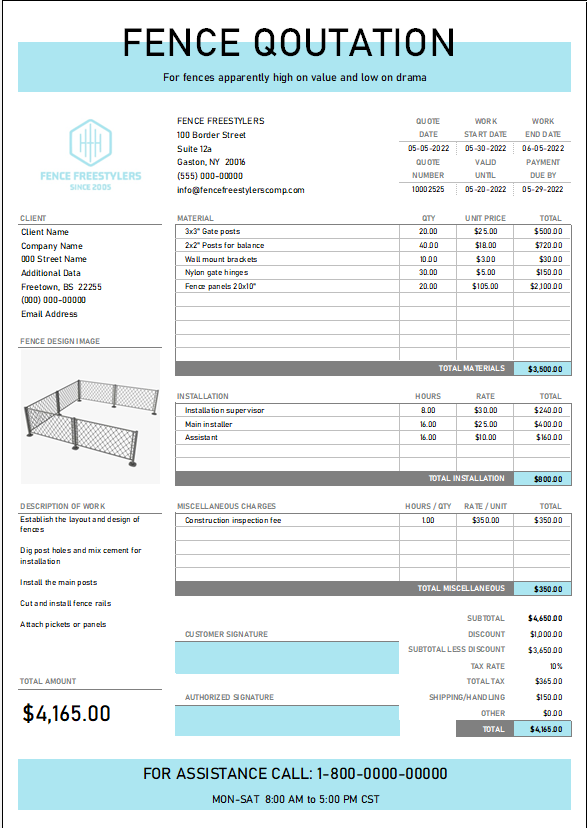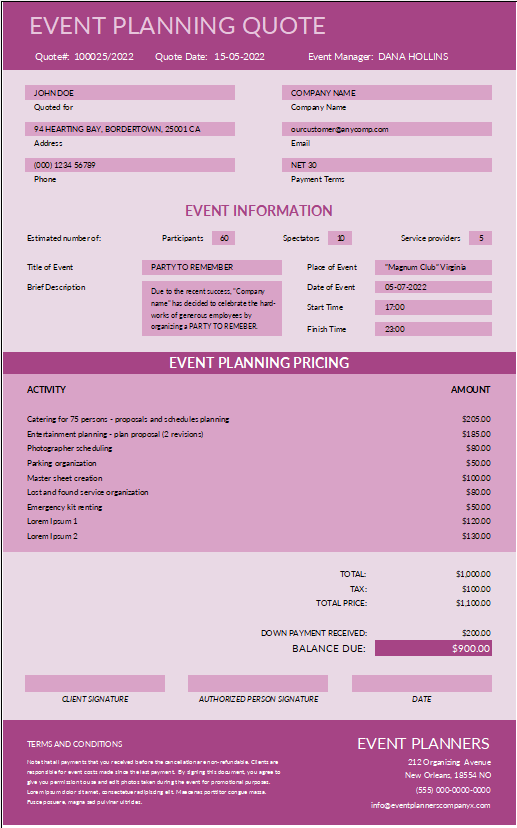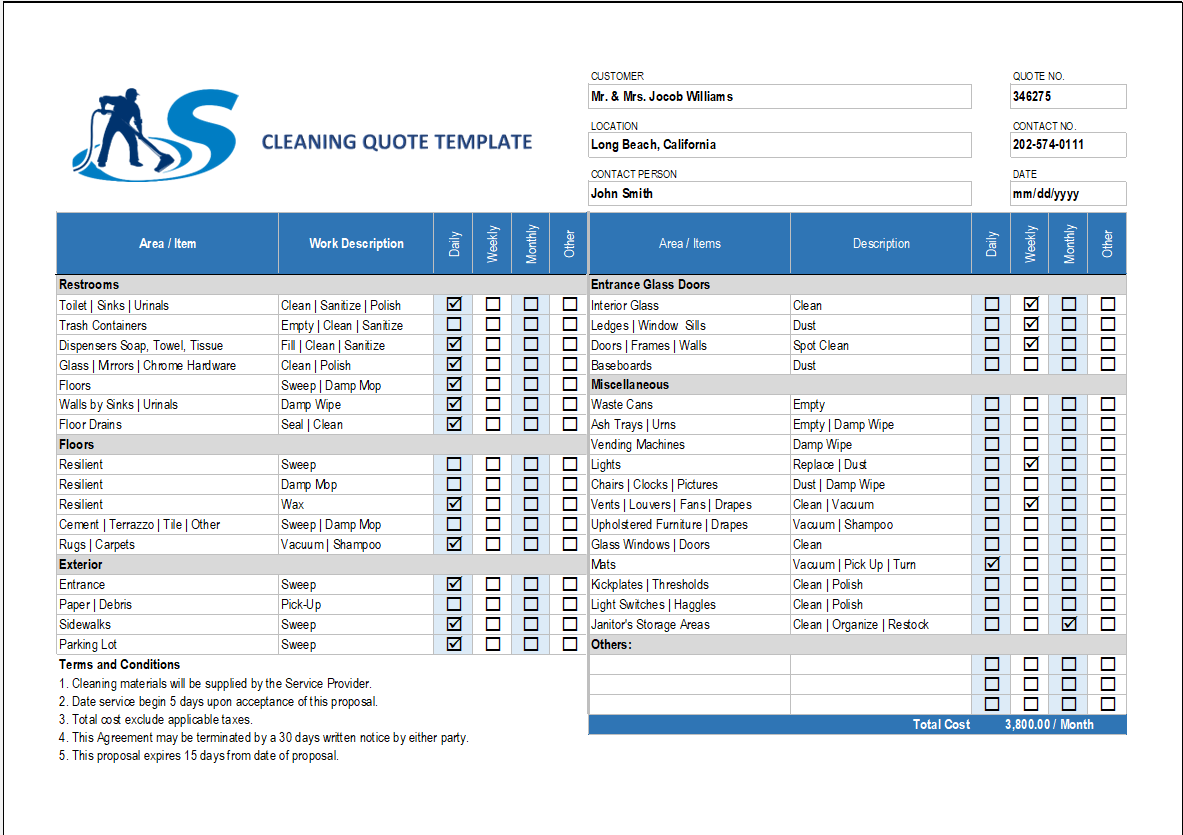A vertical timeline is used in Excel using an X-Y Scatter Plot, Data Labels, and Error Bars for the leader lines. It include a feature that makes creating timelines from the scratch much easier than it used to be.
Vertical Timeline Template
When you are printing a chart in Excel, you can select the chart and press Ctrl+P to print the chart fit to a single page. However, if the timeline is very long or you want to print the chart in multiple pages, select the range of cells behind your chart and print that range of cells.
You can use custom scaling through the print settings to print across multiple pages. You have to do some cutting and taping afterwards, but if you are patient to do that, it’s a reasonable way to create a poster-size timeline to display in a classroom or meeting.
How to Create a vertical timeline template excel
Blank vertical timeline template
STEP 1: CREATE DATA TABLE
You need a column for the year, description, and the horizontal position. When using an X-Y Scatter Plot, it is not always necessary to sort the events in the table by date. It is convenient to format your data table as an Excel table.
STEP 2: CREATE X-Y SCATTER PLOT
- Select the Year column and also the Position column
- Go to Home > Insert > Charts and insert a Scatter Chart
After this step, your timeline will appear as a horizontal timeline. Now you need to switch the x-axis and y-axis to make the timeline vertical. You can do this by editing the chart data source, but you can also select the data series within the chart and swap directly in the formula bar.
STEP 3: CREATE LEADER LINES AS HORIZONTAL ERROR BARS
Leader lines connecting the markers to the axis can create by adding horizontal error bars. To add them, click on the chart and then check the “Error Bars” box in the list of Chart Elements.
STEP 4: ADD EVENTS AS DATA LABELS
- Right-click on data series and select Add Data Labels
- Right-click again on data series and select Format Data Labels
- Choose Value From Cells then you may select the column labels from your table.
- Choose Above the Label Position, and uncheck the Y Value.
- For the data labels, always use a solid color fill set to about 25% transparency.
STEP 5: FORMAT AND POSITION
At this point, all left is to format your chart how you want it and edit the position values for each of the events to get everything to fit nicely.

